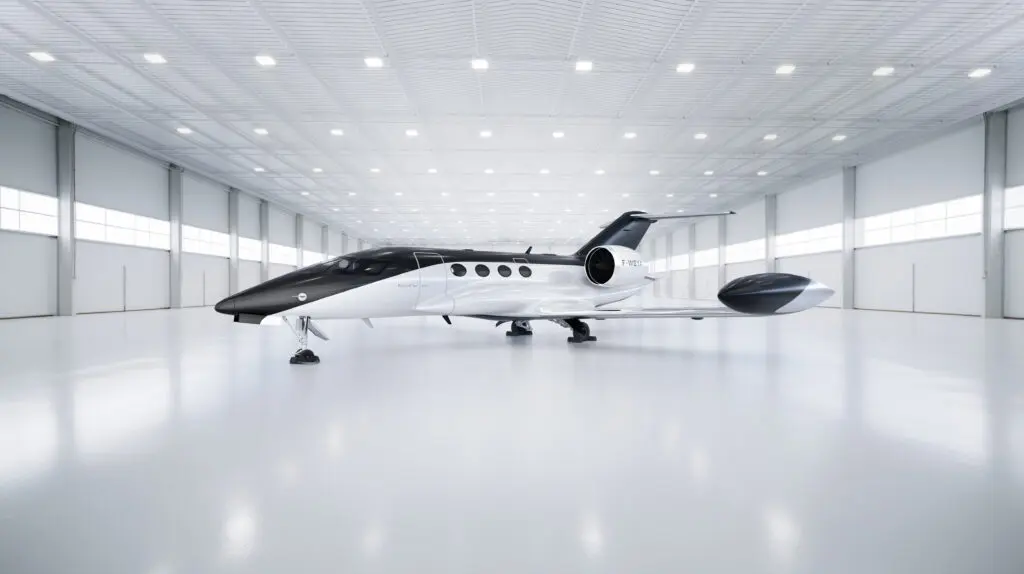Beyond Aero refines its hydrogen-electric light jet

Beyond Aero refines its hydrogen-electric light jet, secures industry endorsements and advances certification.
Beyond Aero, a pioneer in hydrogen-electric aviation, has unveiled a refined concept for its light jet, incorporating key engineering advancements validated by industry experts. These refinements mark a significant step toward certification and commercialisation, reinforcing Beyond Aero’s position as the leading manufacturer on track to deliver the first certified hydrogen-electric light jet by 2030.
Key engineering advancements and design drivers
Since introducing the initial concept at Le Bourget in June 2023, Beyond Aero has made critical refinements to derisk hydrogen powerplan and accelerate certification and industrialization. The BYA-1 is the first electric light jet designed for hydrogen propulsion, featuring a clean-sheet architecture optimized for gaseous hydrogen. Key design enhancements include:
Battery-free hydrogen fuel cell system with built-in redundancy: The modular architecture, featuring two electric engines powered by independent powerplant channels, enhances failure resilience and scalability while exceeding industry safety standards. The fuel cell stack capacity has been increased to 2.4MW.
Optimised gaseous hydrogen tank placement for enhanced safety: The 700-bar fuel tanks are integrated above the wing box structure, improving crashworthiness. By eliminating high-pressure fuel lines inside the pressurised cabin, this design minimises risk and aligns with aerospace safety protocols.
Advanced thermal management system for electric ducted fans: Integrated electric ducted fans (EDF) optimize propulsion efficiency and performance under extreme conditions. A custom-designed FADEC (Full Authority Digital Engine Control) ensures precise performance across all flight phases. This system will be certified under a TC Engine framework, establishing a new benchmark in electric propulsion.
These engineering decisions also result in significantly lower maintenance and operational costs. The BYA-I light jet benefits from a simplified all-electric powertrain with 90% fewer moving parts, eliminating the need for a high-temperature turbine and proposes a modular engine swap system for streamlined overhaul. This design significantly lowers maintenance complexity, cutting operational costs by up to 55% while ensuring higher reliability for business jet operators. Hydrogen fuel is expected to cut fuel costs by 65% vs. Power-to-Liquid SAFs by 2025 and 17% vs. Jet A-1 by 2030, making it a cost-efficient option for corporate clients and operators transitioning to lower-carbon aviation.
